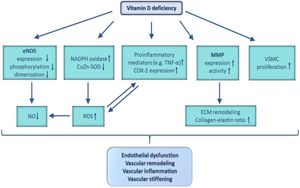The emergence of pollutants like bisphenol S (BPS), commonly found in wastewater and known for its potent endocrine-disrupting properties, has led to increasing scrutiny over water treatment methods. A recent study showcases the potential of combining wastewater treatment with energy recovery through bio-electrochemical systems (BES). Researchers from Urmia University of Medical Sciences have unveiled the bio-electro-fenton (BEF) technology integrating nickel/cobalt metal-organic frameworks (Ni/Co BTC-MOF) as catalysts to effectively degrade BPS, highlighting its promise as both a sustainable energy and treatment solution.
Bisphenol S has drawn attention due to its pervasive presence and stability, often found within the range of 10 ng/L to 300 µg/L across various aquatic systems. This contaminant is particularly notorious for mimicking and disrupting hormone pathways, potentially leading to reproductive and metabolic health issues. Conventional wastewater treatment options struggle to effectively degrade such persistent compounds, necessitating innovative technological responses.
Bio-electrochemical systems offer one such response. These systems leverage the catalytic abilities of microorganisms alongside electrochemical reactions to oxidize organic pollutants. According to the authors, “Bio-electrochemical systems represent innovative and environmentally friendly approaches to recovering energy from biomass and treating wastewater.” This study explores optimizing these systems through advanced oxidation processes including the electro-Fenton reaction, which is central to the BEF system.
To evaluate the effectiveness of their novel water treatment method, researchers synthesized Ni/Co BTC-MOF catalysts via cathodic electrochemical deposition. This process created highly porous and stable structures conducive to enhanced catalytic activity. Performance tests revealed the modified electrodes achieved significant pollutant removal efficiencies — 98% for 1.0 mg/L, 84% for 5.0 mg/L, and 41% for 10.0 mg/L concentrations after 24 hours of operation.
Not only does this system demonstrate effective pollutant degradation, but it also facilitates clean energy generation. The BEF system operates by converting chemical energy contained within wastewater to electrical energy through oxidation-reduction reactions. Power densities reached were up to 133.6 mW/m2, indicating substantial efficiency. According to the authors, “The improved BEF system with Ni/Co-BTC@CF catalyst can be suitable technology to achieve more electricity flow and have positive effects on the decomposition of bisphenol S pollutant.”
The findings from Urmia University’s team suggest the BEF system may offer scalable benefits, presenting not only viable treatment methods for complex industrial wastewater but also pathways to clean energy generation. The dual purpose of this technology addresses pressing environmental challenges by providing solutions for pollutant degradation paired with sustainability.
Looking forward, increased application of BEF technologies for various pollutants, coupled with advancements in catalyst stability and efficiency, could offer promising contributions to future water treatment strategies. Researchers highlight the need for continued investigation to determine optimal conditions for broader applicability, raising hopes for cleaner water resources globally.



